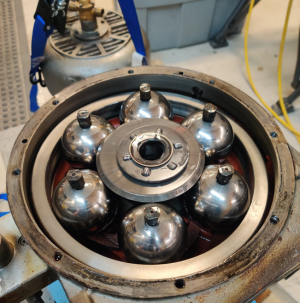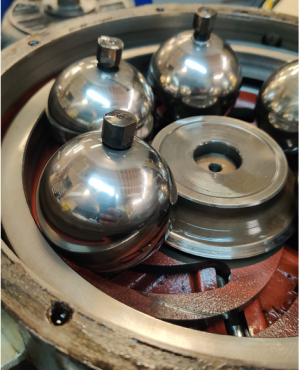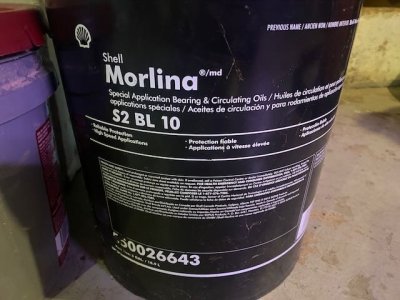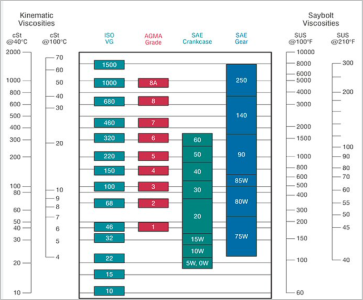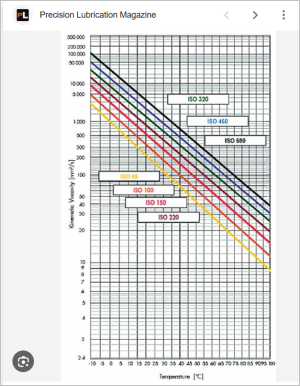From time to time I hear owners of vintage lathes equipped with the iconic Kopp variator mechanical drive despair at the noise, complexity and cost of the units. I have never seen, however, a video of a working or a defective drive unit to help people with diagnosis. My late series Colchester chipmaster has one that seems to work fine. Here is a video of it running through speeds while I had the drivetrain disconnected to fix an extravagant oil leak coming out the rear of the input shaft in the headstock.
The annoying buzz in the background is my noisy RPC and has nothing to do with the variator.
Hope this is useful to someone.
The annoying buzz in the background is my noisy RPC and has nothing to do with the variator.
Hope this is useful to someone.

